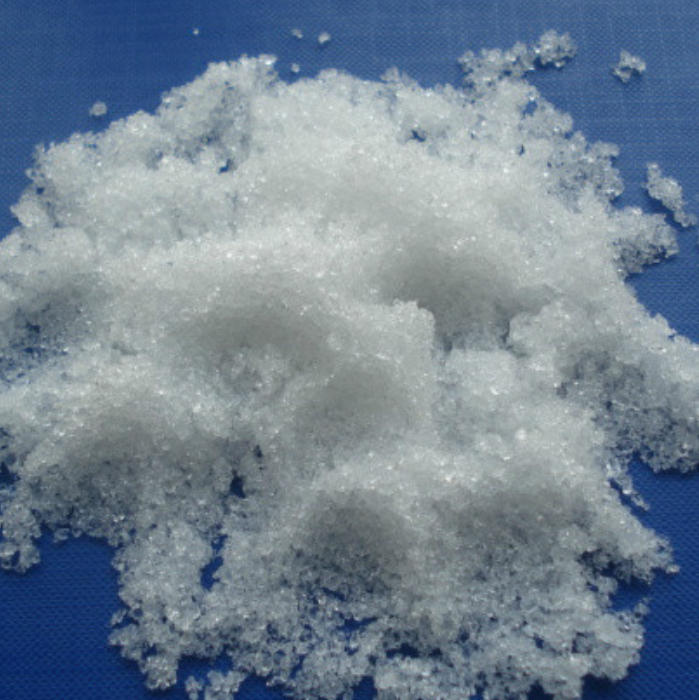
Product Name: Ammonium Sulfate
Synonyms: Ammonium Sulphate, Sulfate of Ammonia
Chemical Formula: (NH₄)₂SO₄
Molecular Weight: 132.14
CAS Number: 7783-20-2
EINECS Number: 231-948-1
Appearance:
Ammonium sulfate is typically a white or slightly colored crystalline powder. Industrial-grade products are generally white or light yellow, though some by-products may appear light blue or dark brown. The crystals are odorless and demonstrate strong hygroscopic properties, often caking after moisture absorption.
Physical Properties:
- Density: 1.77 g/cm³
- Melting Point: 235–280°C (decomposes upon melting)
- Solubility: Highly soluble in water (70.6g/100mL at 0°C, 75.4g/100mL at 20°C); insoluble in ethanol and acetone
- pH of Aqueous Solution: 5.5 (0.1 mol/L, acidic)
- Flash Point: 210°C
Chemical Properties:
Ammonium sulfate exhibits characteristics of both ammonium and sulfate salts. It releases ammonia gas when reacting with alkalis and decomposes upon heating to produce ammonia, nitrogen, and sulfur dioxide. It forms a white precipitate with barium chloride and a brown precipitate with alkaline potassium mercuric iodide solution.
Production:
Ammonium sulfate is primarily produced by reacting ammonia with sulfuric acid or by passing ammonia and carbon dioxide into a suspension of gypsum powder.
Applications:
- Agriculture: Used as a fast-acting nitrogen fertilizer (containing about 21% nitrogen), suitable for a wide range of crops and for the production of compound fertilizers such as potassium sulfate and ammonium persulfate.
- Food Industry: Acts as a catalyst in caramel production.
- Textile & Leather: Used as a fire retardant for fabrics, dyeing assistant for acidic dyes, and de-liming agent in leather processing.
- Pharmaceuticals: Utilized in the salting-out process for protein purification and in yeast production for yeast culture.
- Other Uses: Employed in welding fluxes and as an auxiliary agent in various chemical processes.
Safety Information:
- Oral LD50 (rat): 2840 mg/kg
- Oral TDLo (human): 1500 mg/kg
- May cause irritation to skin, eyes, and respiratory tract. Ingestion can result in a burning sensation in the mouth, nausea, vomiting, and diarrhea.
- Mixing with strong oxidizers such as potassium nitrate, potassium nitrite, or potassium chlorate may lead to explosive reactions.
- Safety Precautions: S26 (In case of contact with eyes, rinse immediately with plenty of water and seek medical advice); S37/39 (Wear suitable gloves and eye/face protection).
Contact Information:
For pricing, samples, or technical support, please contact our sales team:
- SHANDONG SUMCHEMICALS CO., LTD.
- Sales Director: Bill Zhang
- Email:
This email address is being protected from spambots. You need JavaScript enabled to view it. |This email address is being protected from spambots. You need JavaScript enabled to view it. - Mobile/WhatsApp: +86 156 6271 5985
- WeChat: billzhang5985
- Website: www.sumchemicals.com
